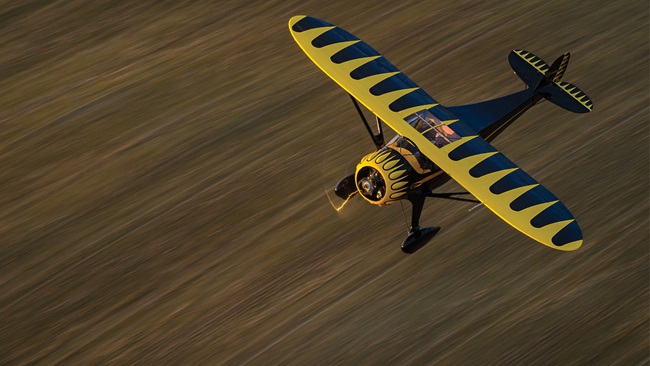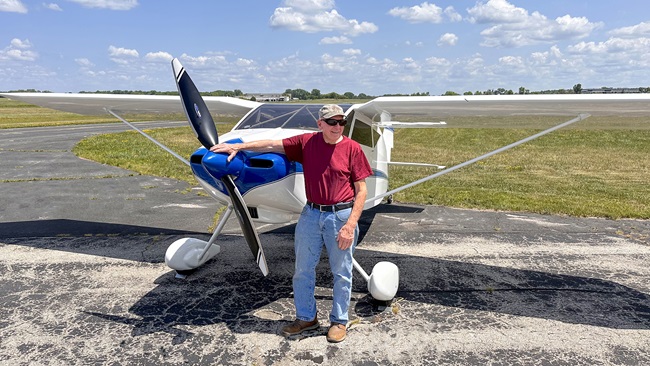Boeing: Demand for pilots increasing
A century, nearly to the day, after William Boeing launched an aviation company that would grow into a world leader, the company is predicting a bright future for the industry—and for pilots looking to make a career of it. Emerging global economies and a growing middle class eager to travel are fueling “extraordinary” demand for aircraft, and for trained crews to fly them.
Boeing Fight Services has expanded its worldwide training operation to 15 campuses, including a new center just opened in Moscow, and the company is also supporting a range of other programs aimed at promoting education in science, technology, engineering, and math for high school students at each of the Boeing campuses.
Carbary said that even with universities and pilot academies churning out airline pilot candidates, small independent flight schools at general aviation airports can play an important role in filling the pilot pipeline.
“What’s going to be important for the mom and pops is that they invest in technology,” Carbary said. That means more than simulators. Carbary said Boeing uses sophisticated software to track each student’s progress in detail through all phases of training. Such a system helps fine-tune an individual pilot’s training, and validate it for future employers. “If they can make that investment, we’re going to need all the flight schools we can get.”
Boeing Flight Services and its airline partners put candidates through an extensive screening process to ensure those who are accepted have the motor skills and other attributes needed to succeed in the cockpit, and that “leads to a high success rate,” Carbary said. In one recent case, that rate was 100 percent.




